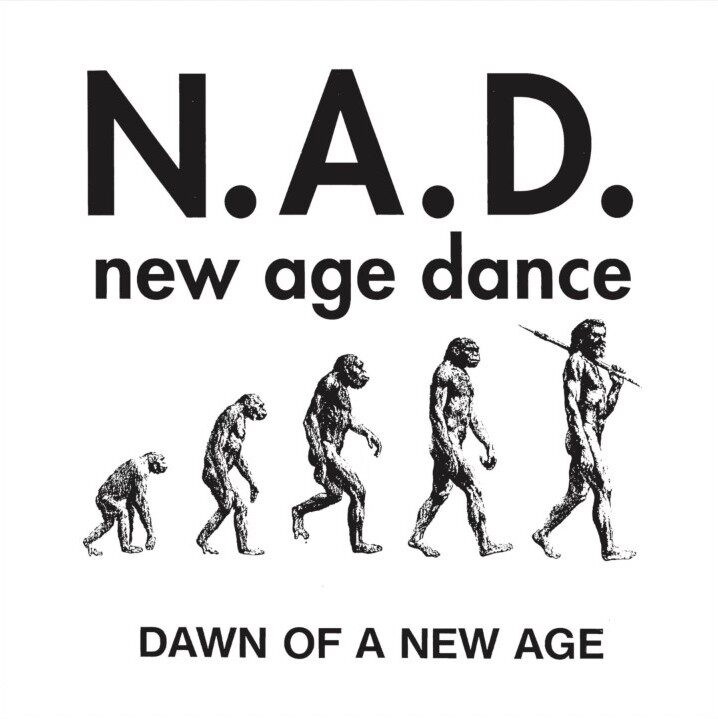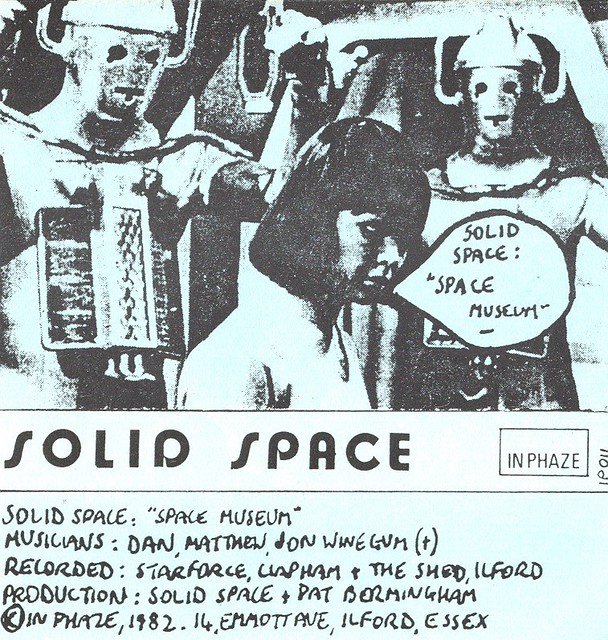
A personal favorite. Brenda Ray rolled around with a handful of musical projects in the UK post punk scene, where she explored African rhythms, dub, hip hop, and electro grooves. After hitting it off with the legendary Roy Cousins in the early 90’s, she helped him remaster and reissue titles from his label, Tamoki Wambesi. Legend has it that it was Cousins’ idea that she make an album using original tapes of Tamoki Wambesi roots reggae tracks. I think this was mostly recorded in the late 90s, released in limited numbers via Tamoki Wambesi, and reissued by Japan’s EM Records (I’m still working our way through their catalog, because holy cow it is good).
Unlike anything else. Responsible for vocals, melodica, keyboards, koto, pixiephone, chimes, claves, bells, cymbal, cowbell, ashtray (?), clavinet, xylophone, cabasa, triangle, idiophone, tambourine, vibraslap, scraper, whistle, recording, and mixing, Ray draped her breathy, 60’s-chanteuse vocals all over her reworkings of some of the best dub and reggae tracks ever made, resulting in what Forced Exposure called “very disturbing slices of psycho-dub/doo-wop/jazz-fusion/exotica music.” Grooving all over Turkey, West Africa, and of course, Jamaica. Alternately shimmery, bossa-nova-flecked, and funky, with appearances by Prince Far I and Knowledge. The sonic equivalent of pink plastic palm trees. A salve for a brutally cold February day. Enjoy!


